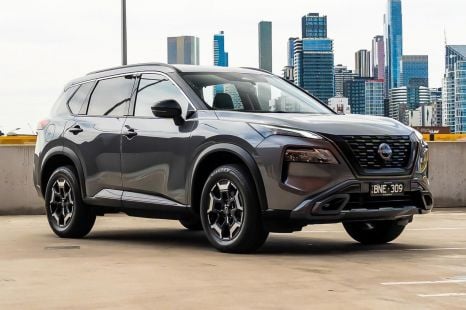

William Stopford
2026 Nissan X-Trail review
9 Hours Ago
The GWM Haval Jolion Hybrid is a smart buy with a sharp starting price, even though it's $7000 more expensive than the equivalent petrol.
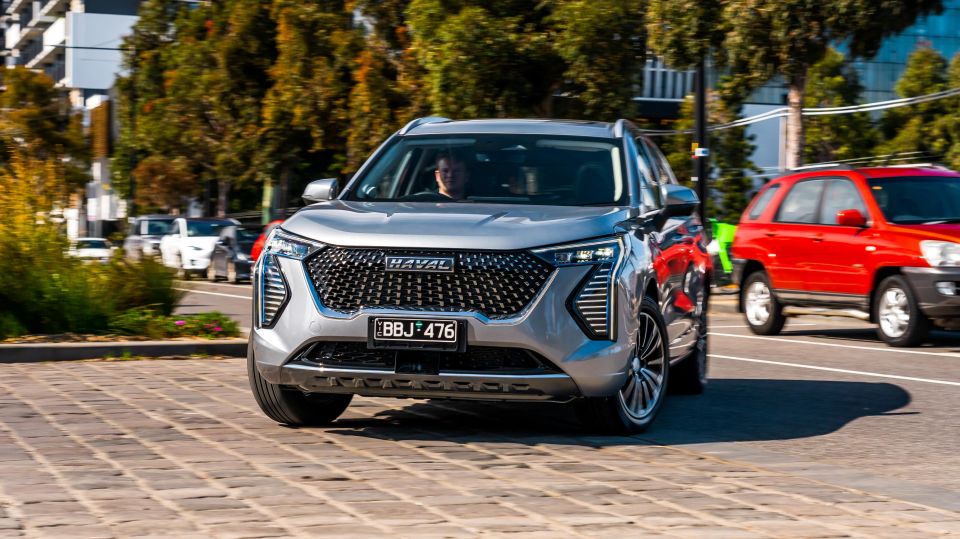


Contributor
New from
$27,490
excl. on-roads

Contributor
New from
$27,490
excl. on-roads


Contributor
New from
$27,490
excl. on-roads

Contributor
New from
$27,490
excl. on-roads
Quickly see how this car stacks up against its competition. Select any benchmark to see more details.
Where expert car reviews meet expert car buying – CarExpert gives you trusted advice, personalised service and real savings on your next new car.
Toyota owns the hybrid space in Australia, with a sprawling range and established brand. Although it won’t happen overnight, GWM Haval wants to be one of its biggest challengers.
The H6 Hybrid launched earlier in 2022, the Jolion Hybrid has just touched down, and there’s up to seven more electrified models due to Australia in 2023.
Like the H6 before it, the new Haval Jolion Hybrid is offered in only one well-specified grade for Australia.
It packs more power than the equivalent Toyota hybrid, and at the $41,000 mark drive-away is priced to undercut the majority of the RAV4 range, and the entire Kia Niro line-up. That’s despite a $7000 price impost over the equivalent Jolion petrol model.
Are you looking at a hybrid bargain, or has Haval missed the mark with the Jolion HEV?
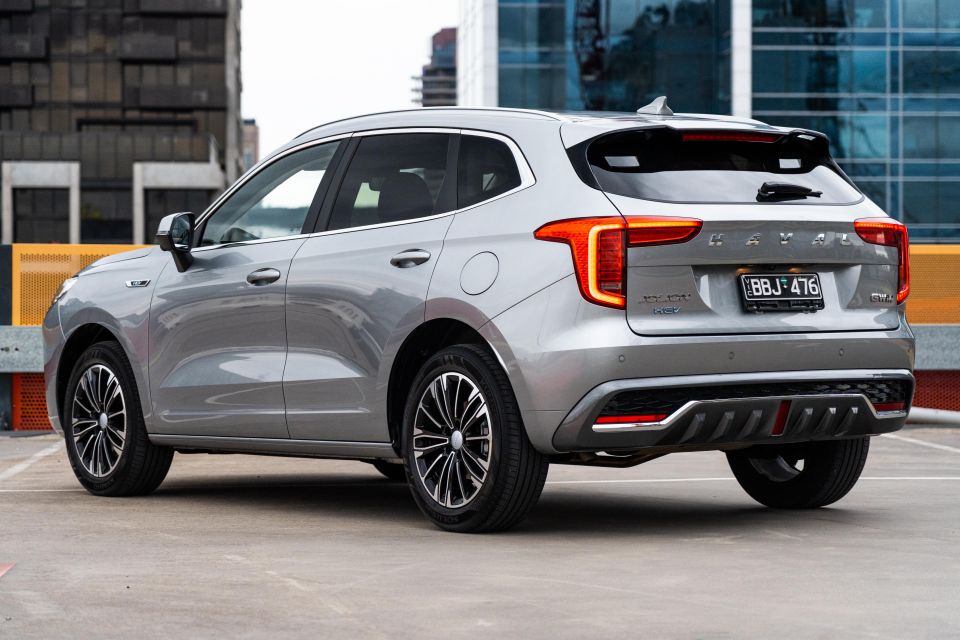
The Jolion Hybrid carries a significant price premium over the equivalent petrol model. You’ll pay $33,990 drive-away for a petrol Jolion Ultra, while the Jolion Hybrid kicks off at $40,990 drive-away.
Although it carries that hefty premium, it’s impossible to argue the Jolion is anything other than good value.
It’s aligned roughly with the base Toyota RAV4 GX 2WD Hybrid ($36,900 before on-roads) which, although bigger than the Jolion, packs significantly less standard equipment. The incoming Corolla Cross GXL 2WD Hybrid ($39,250 before on-roads) is a similar size to the Jolion, but is a mid-range model rather than a range-topper.
It undercuts the base Kia Niro HEV S ($44,380 before on-roads), which is a similar size and packs significantly less kit.
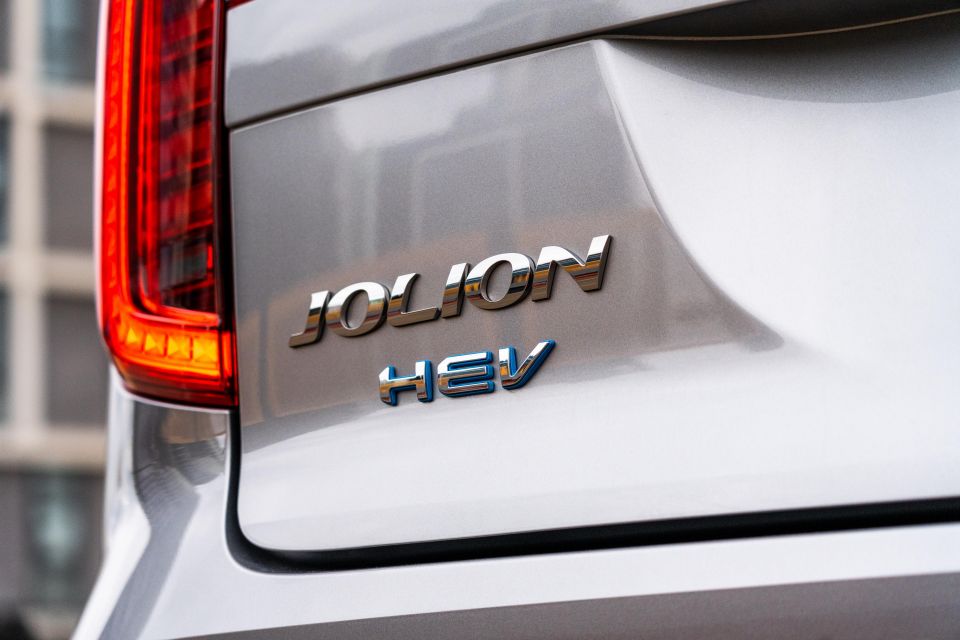
2023 GWM Haval Jolion pricing:
All prices are drive-away
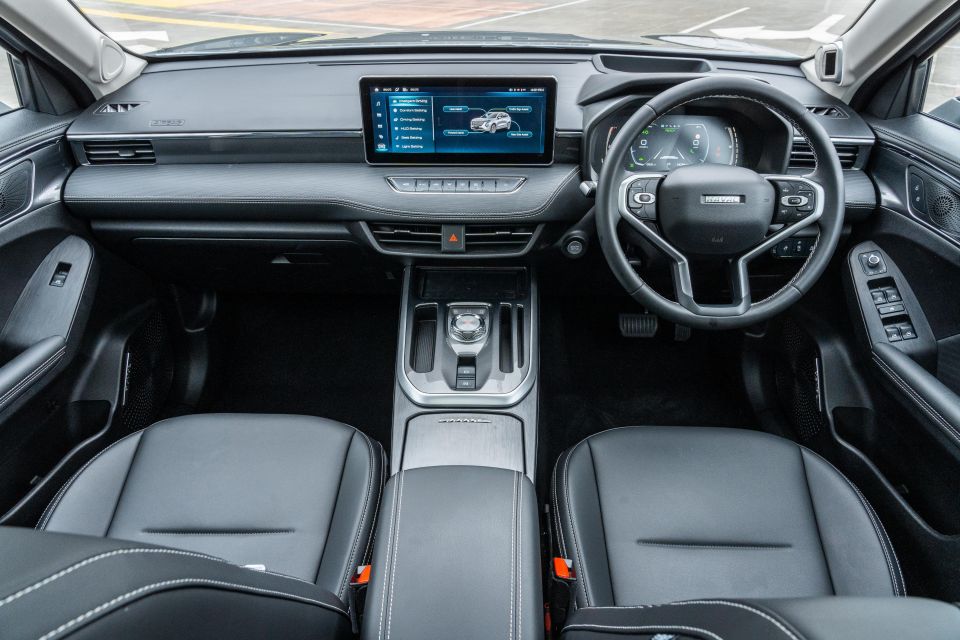
Buy your new car without the stress. It's fast, simple and completely free.

Great service from Travis and team, second time I have used this business would not hesitate to recommend them to anyone
Craig C.
Purchased a Ford Ranger in Sunshine Coast, QLD
CarExpert helped Craig save $7,224 on his Ford Ranger, now let us save you on your next new car.
Get your BEST priceThe Haval Jolion packs an impressive interior at the petrol model’s range-topping $34,000 price tag. Even at $41,000 drive-away it looks flashy, and is generously specced.
That style is matched by substance, for the most part. The faux leather seats feel nice enough and the door pulls, trim pieces, and transmission tunnel feel sturdy.
The dash isn’t a tactile delight, but it’s significantly more interesting than what’s on offer in a base RAV4 or Kia Niro.
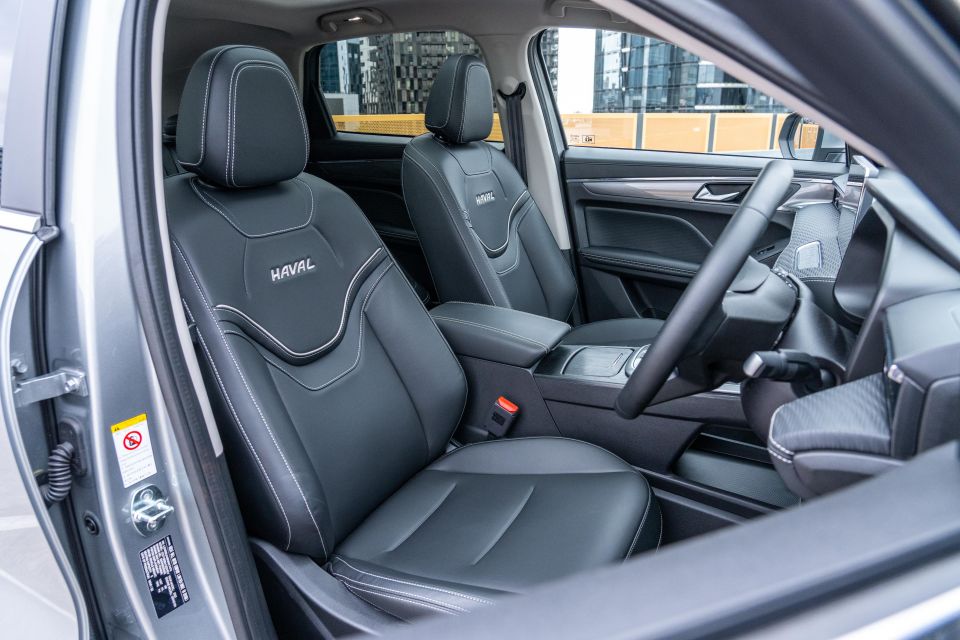

Both the driver and passenger sit in heated seats (power adjustable in the driver’s case), but the driving position leaves a bit to be desired. The seat is too short and flat for longer-legged drivers, with hardly any under-thigh support, which left me with a sore bum after just an hour.
The steering wheel also doesn’t adjust for reach, which is hard to forgive at this price point. Mike Costello found it fine; the rest of our team struggled to get comfortable behind the wheel. Make sure you spend some time in the hot seat before committing to purchase.
The screens in the Jolion are both high-resolution, and the infotainment system responds quickly to inputs. It’s smartly styled, with attractive fonts and a logical menu layout… for the most part.
Accessing the climate controls is harder than it should be. They’re hidden in a sub-menu accessed through a tiny icon on the top-left corner of the screen, as is the home button – and some of the language in those sub-menus hasn’t been translated to English particularly well.
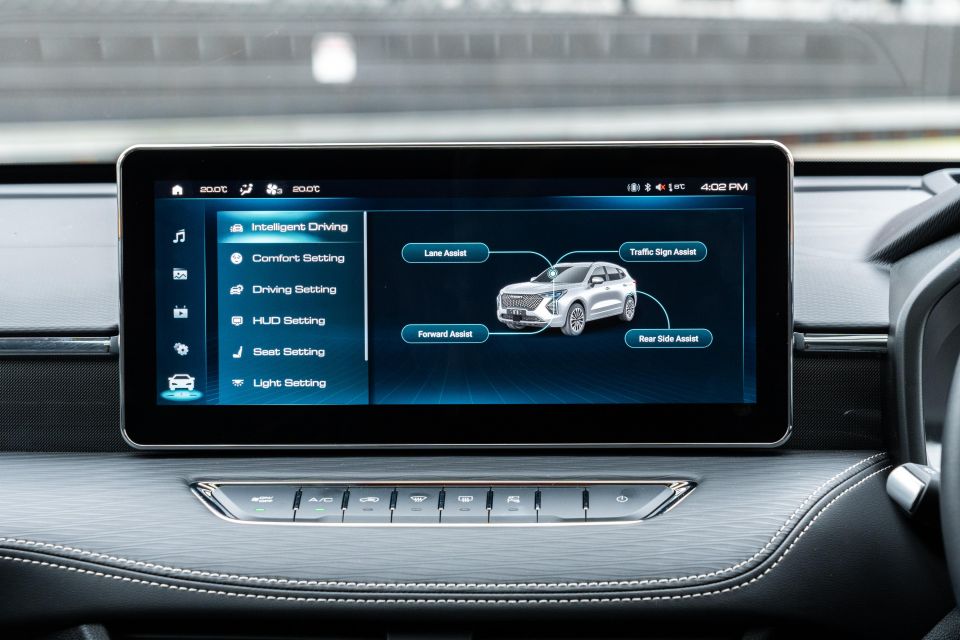
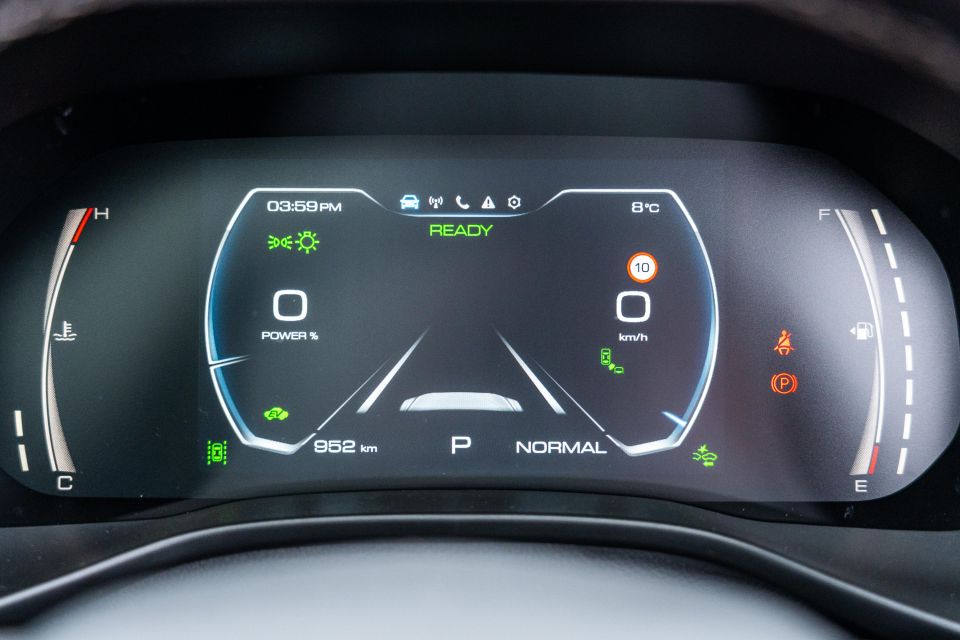
At least the Hybrid features proper buttons beneath the touchscreen, rather than hard-to-read capacitive units that don’t deal well with sunlight.
There’s plenty of storage spaces around the cabin, from the spacious slot beneath the transmission tunnel to the bottle-friendly central cupholders. Haval could have better used the space around the rotary transmission controller.
The digital dashboard is relatively basic. The graphics are sharp, but you can’t get your mapping into the cluster, and rather than remembering your inputs it flicks back to a bland driver assist screen – it’s not far off matching what you get elsewhere, but just needs a bit of tidying up.
Satellite navigation isn’t an option, but wired Apple CarPlay and Android Auto mean you can still access Google Maps on the move.
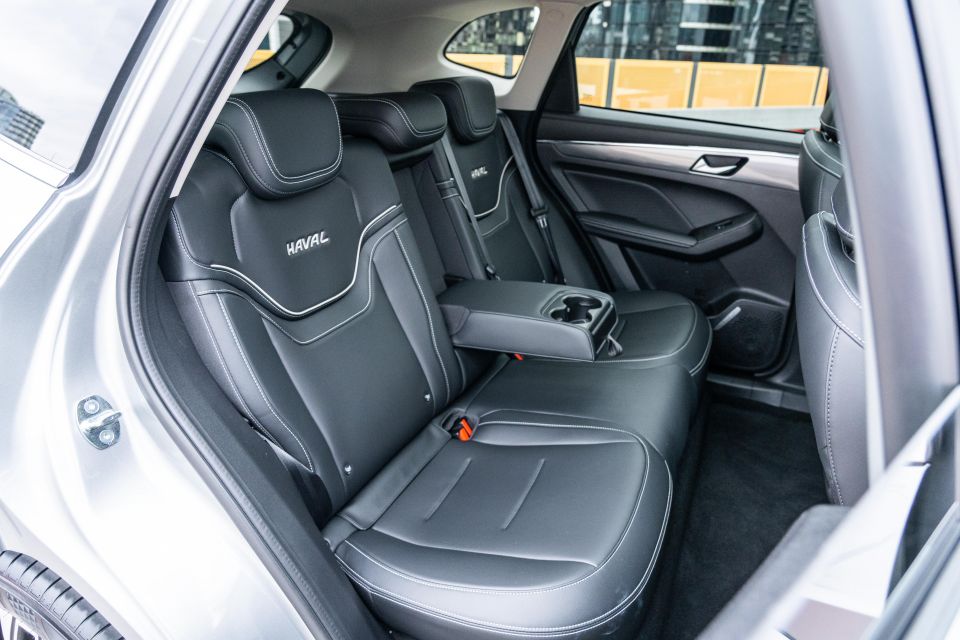
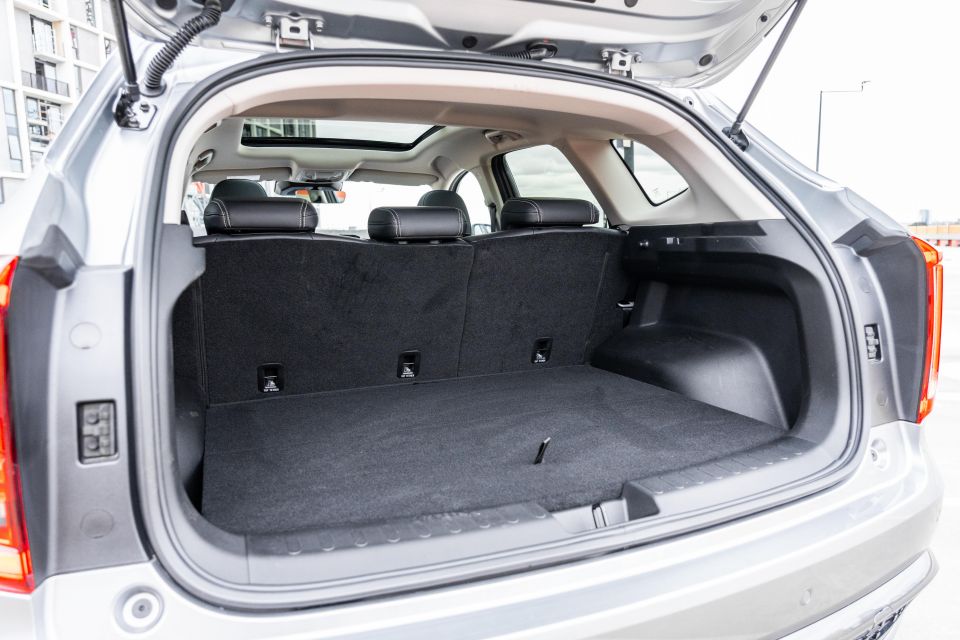
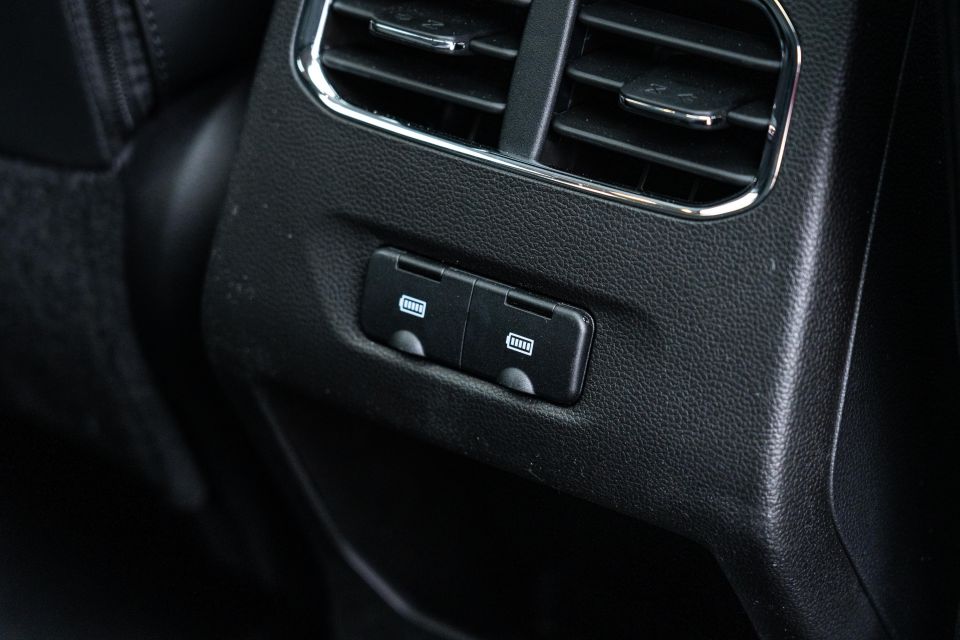
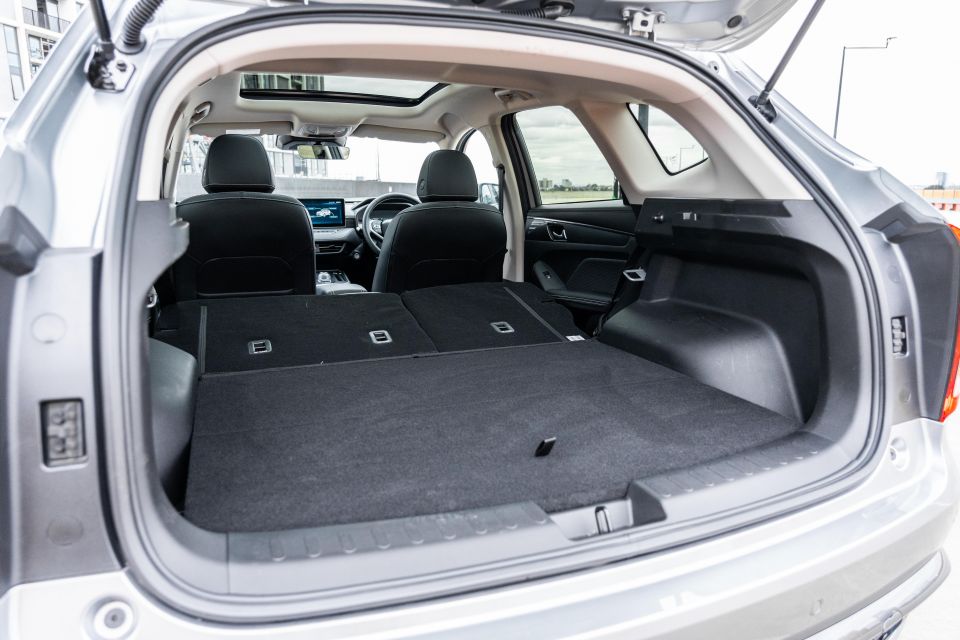
Even with the seat in a tall driver’s position there’s a solid amount of legroom in the rear, and the tall roofline means there’s room for adults wearing top hats back there. It feels a similar size to the Kia Niro, although it’s not quite RAV4 levels of accomodating in the rear.
The floor is completely flat in the back, so the middle passenger doesn’t need to awkwardly straddle a hump, and the air vents will be welcome on hot summer days. Also welcome are the dual USB chargers back there.
Boot space is 430L with the rear seats in place, and 1133L with them folded. There’s no space-saver spare tyre under the floor, due to the space eaten up by the hybrid battery hardware.
The space itself is relatively flat, although there’s some wheel arch intrusion. You’ll get a set of golf clubs in there with space to spare, even if you don’t want to take the driver out.

The Jolion Hybrid also uses a 1.5-litre four-cylinder petrol engine, mated with a “Dedicated Hybrid Transmission” which comprises the electric motor and gearbox. Claimed outputs are 139kW and 375Nm.
The petrol engine is good for 70kW and 125Nm, while the electric component packs 110kW and 250Nm. Haval claims the 0-100km/h sprint takes a claimed 8.2 seconds.
In essence, the Jolion Hybrid has two electric motors, and two gears for the petrol engine.

It’s capable of running the electric motors on their own; the engine through the shorter gear between standstill and 65km/h with electric assistance; and the engine through the taller gear above 65km/h, once again with electric assistance to “adjust engine working load”.
It’s also capable of driving the wheels with the electric motors and the petrol engine, the latter working through its taller gear, when the driver demands full power.
The Jolion Hybrid uses a claimed 5.0L/100km on the combined cycle. We saw 5.3 litres per 100km on a mixed city and highway loop.
That figure quickly dropped in the city, where the Jolion can lean heavily on its electric motor, but quickly crept up at 100km/h where the petrol engine is forced to do the heavy lifting.
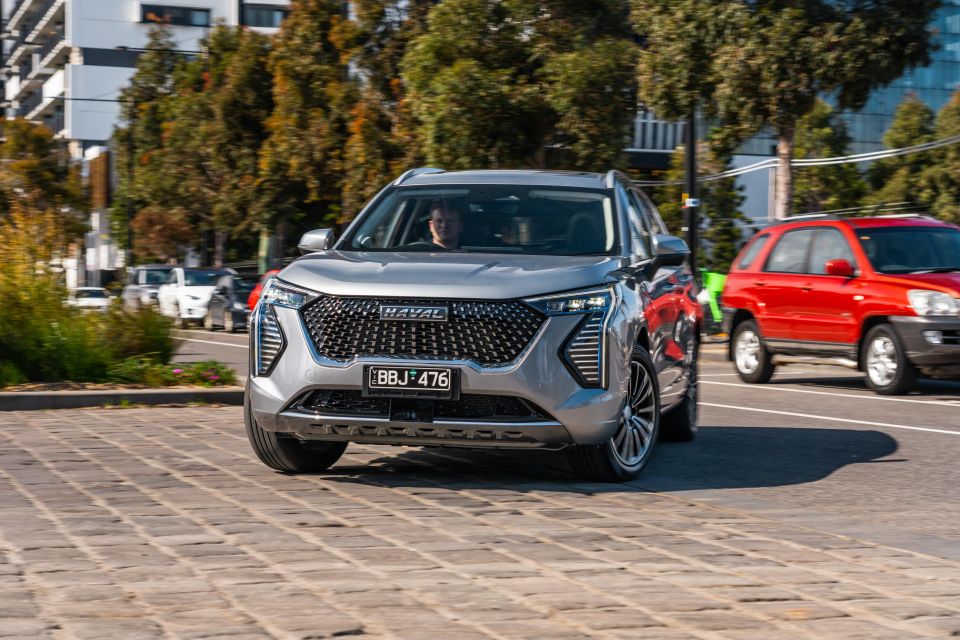
As was the case with the H6 Hybrid, the powertrain in the Jolion in some ways is smoother and smarter than the hybrid system in its Toyota rivals. In others though, it still lacks a touch of polish.
The car is at its most comfortable in the city, where the powerful electric motor is able to handle the bulk of driving. It moves off the mark and generally accelerates to between 30 and 50km/h on electric power, and when the petrol engine does fire on light throttle inputs it’s close to silent.
It feels as though you can push a bit harder in the Haval than some of its rivals before the electric motor runs out of puff, which is of real benefit if you live between 0 and 60km/h most of the time.
Haval indicates whether the car is moving under electric or petrol power with a light in the dash. A few times I’d assumed the car was in EV mode, but in fact the petrol engine was active, which speaks to how well suppressed noise is at lower speeds.
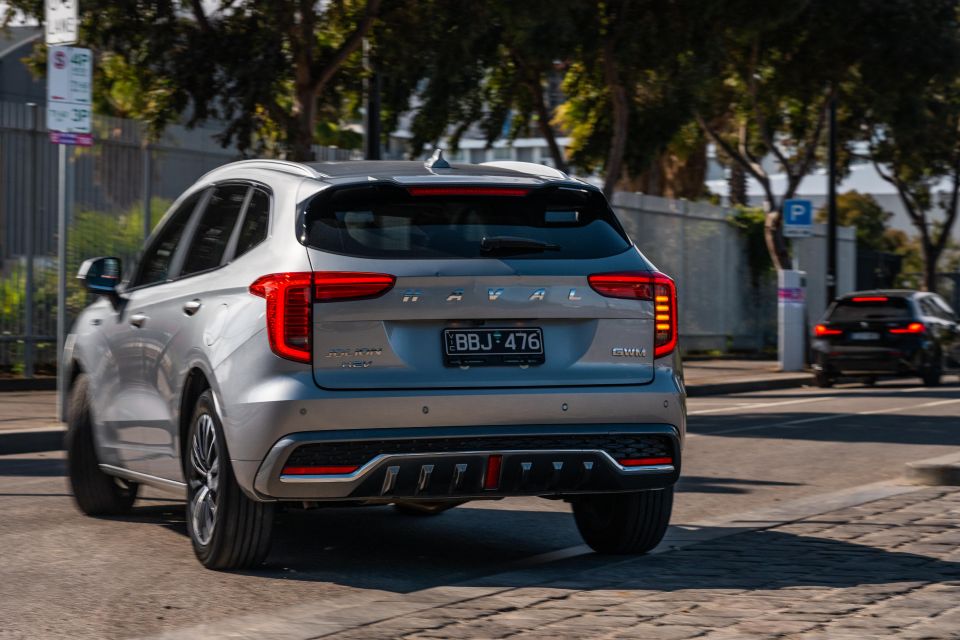
Unlike the H6 Hybrid and its 520Nm version of the same drivetrain, the 375Nm Jolion isn’t predisposed to vaporising its tyres when you bury the throttle off the mark. It still packs a decent punch, but it’s arguably better suited to life in a family SUV with less grunt.
As was the case in the larger H6, the Jolion’s powertrain feels less electrified at highway speeds. The motor will kick in coasting downhill at 100km/h, essentially allowing the engine to shut down for a beat, but otherwise the petrol engine does the heavy lifting and the fuel economy climbs.
No hybrid is at its best out of town, but the EV mode in the Jolion feels less active than the equivalent in a RAV4.
When it does fire, the petrol engine is generally pretty refined. It’s close to silent at low speeds, and vibrations are kept at bay when you dip deeper into the throttle’s travel – up to a point.
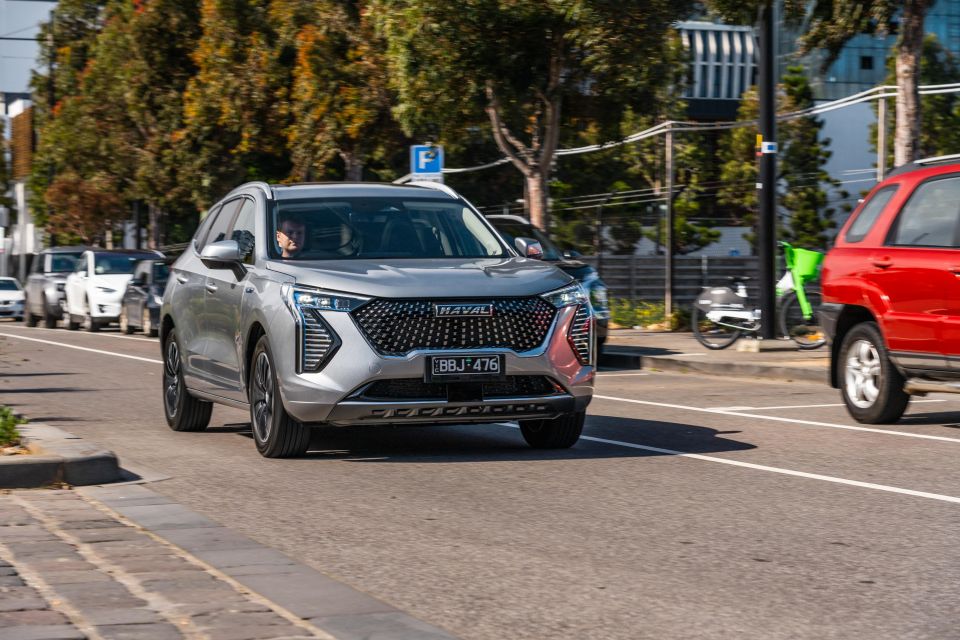
Get the power meter in the dashboard beyond 50 per cent and you get a coarse roar from the engine in the cabin, and at full throttle it’s a bit shouty.
It’s not a powertrain that inspires you to push too hard. Then again, the fact it feels torquey and can lean on the electric motor at lower speeds means you don’t need to push it too hard, too often.
On the 18-inch alloy wheels of our tester, the ride is a bit of a mixed bag. It deals reasonably well with bigger bumps, especially at speed, but it feels quite busy over tightly-packed bumps or pockmarked city streets.
The hybrid also feels a bit heavy at times over highway crests and dips, taking one, two, three beats to control the body.
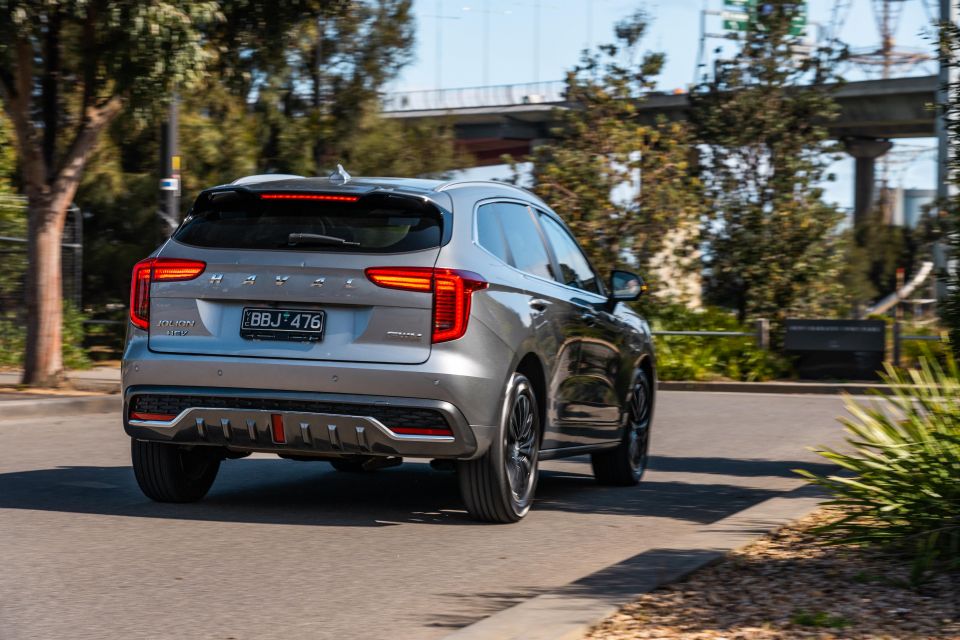
That heaviness is compounded by the steering, which is heavier and slower than what you get in most small or mid-sized SUV rivals. It’s still easy enough to park with a coffee in one hand, but a quicker and more direct steering tune would make the Jolion more city-friendly.
The excellent surround-view cameras, which lets you view the car from essentially any angle using the controls on the touchscreen, means there’s no excuse for kerbed wheels.
Haval’s driver assists are good, but not not great. The adaptive cruise maintains a consistent gap to the car in front, but it can be a bit sharp on the brakes, while the lane-keeping is too keen to take charge in its most aggressive setting.
It’s constantly bonging and binging at you, which gets tiring, and turning them off or fiddling with their settings is a touchscreen job.


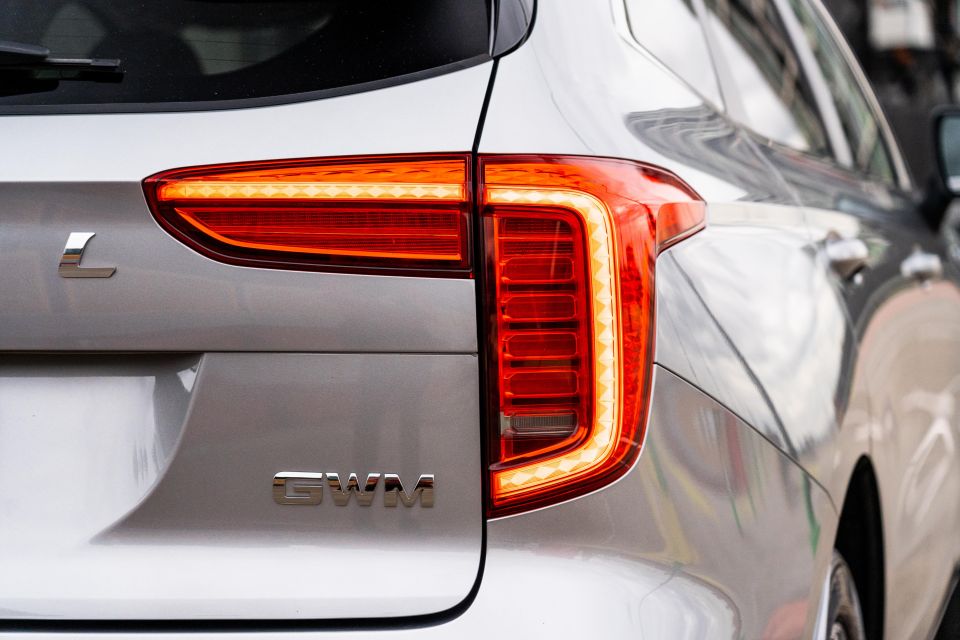
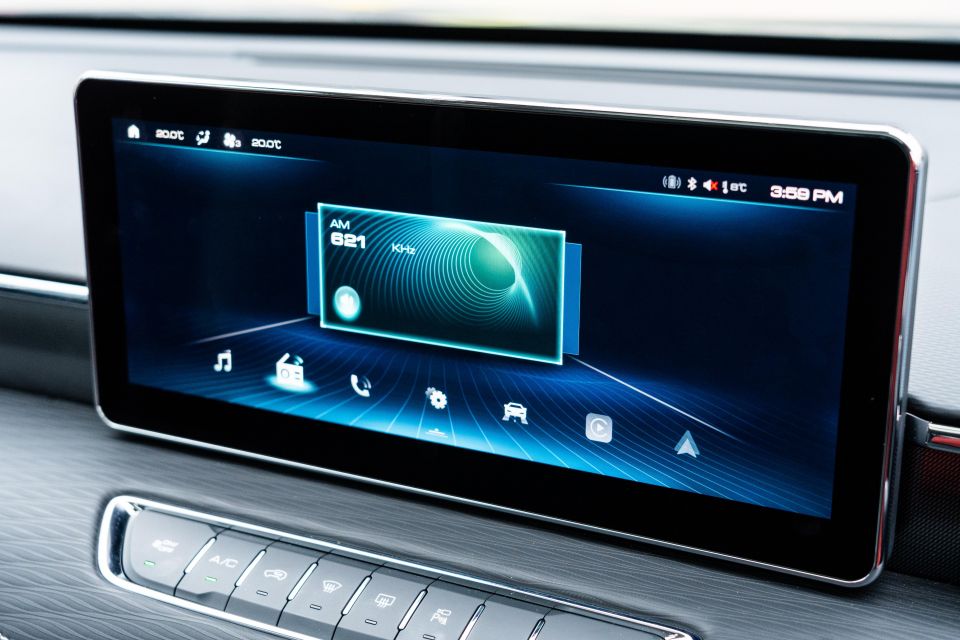
Where expert car reviews meet expert car buying – CarExpert gives you trusted advice, personalised service and real savings on your next new car.
Jolion Premium highlights:
Jolion Lux adds:
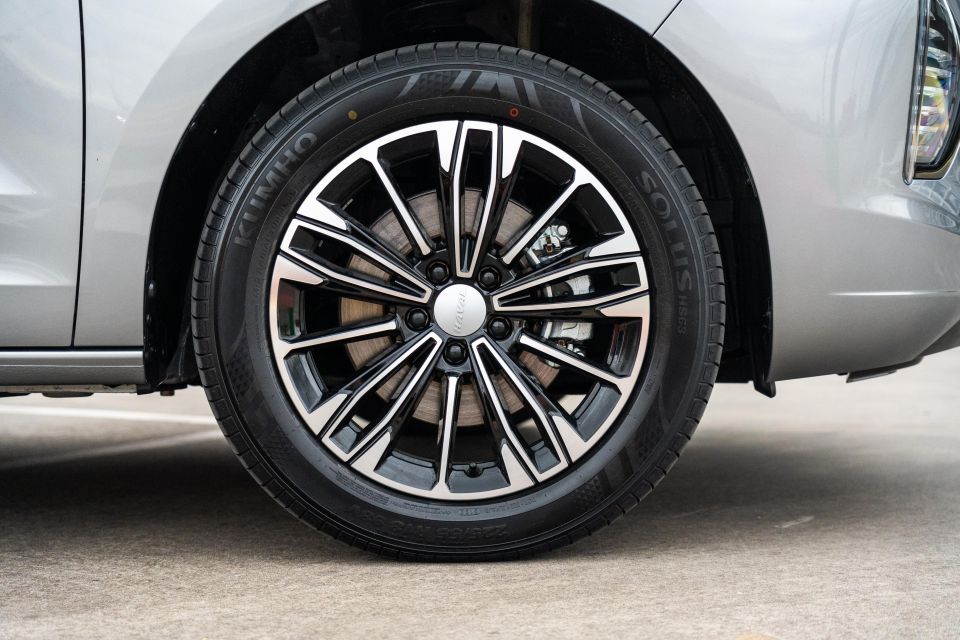
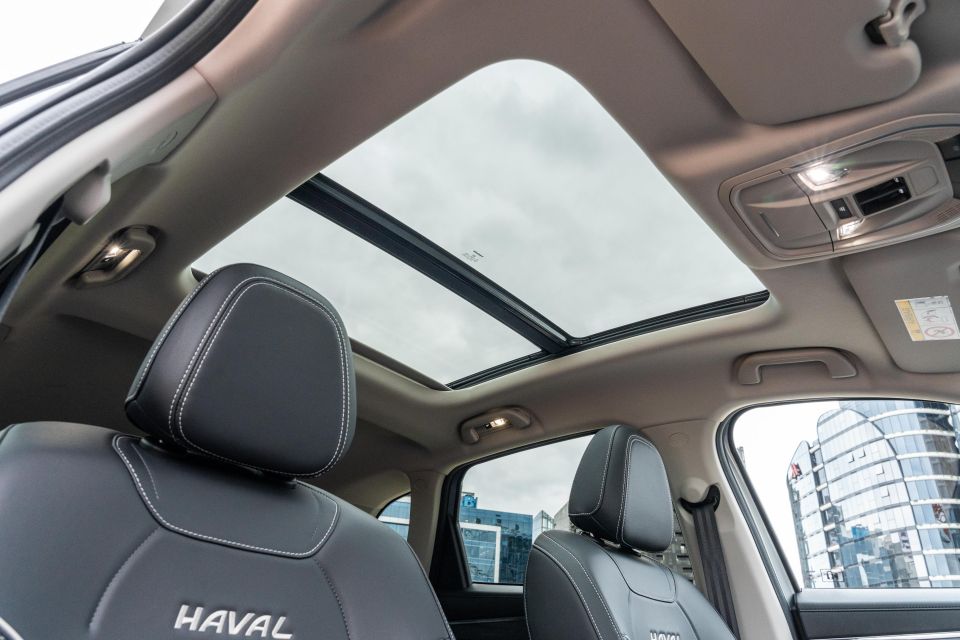
Jolion Ultra adds:
Jolion Ultra Hybrid adds:
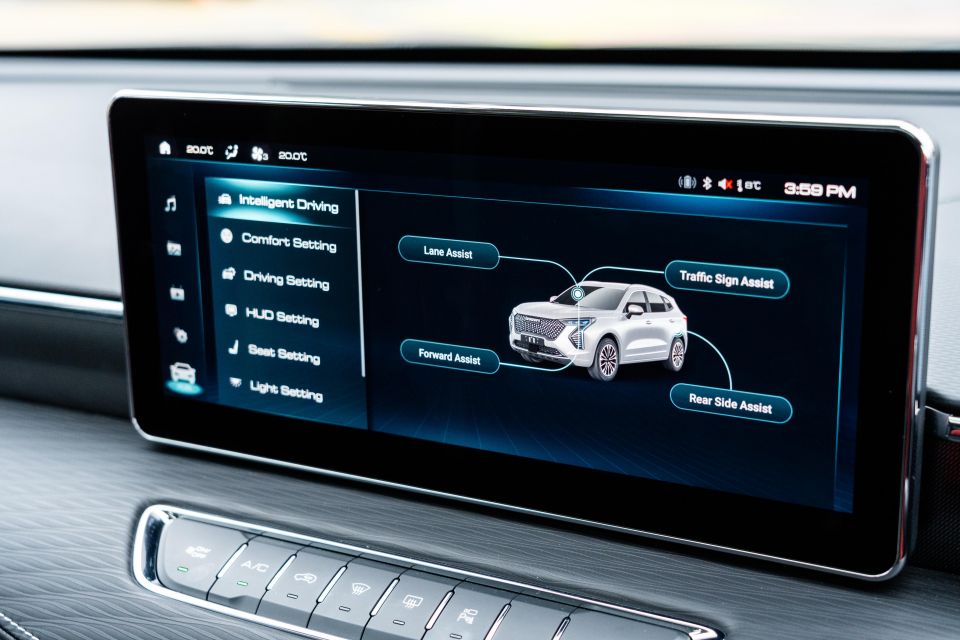
The Haval Jolion hasn’t been crash tested by ANCAP or Euro NCAP yet.
Unlike the old Haval H2, the Jolion boasts a full suite of active safety features as standard.
Standard safety features include:
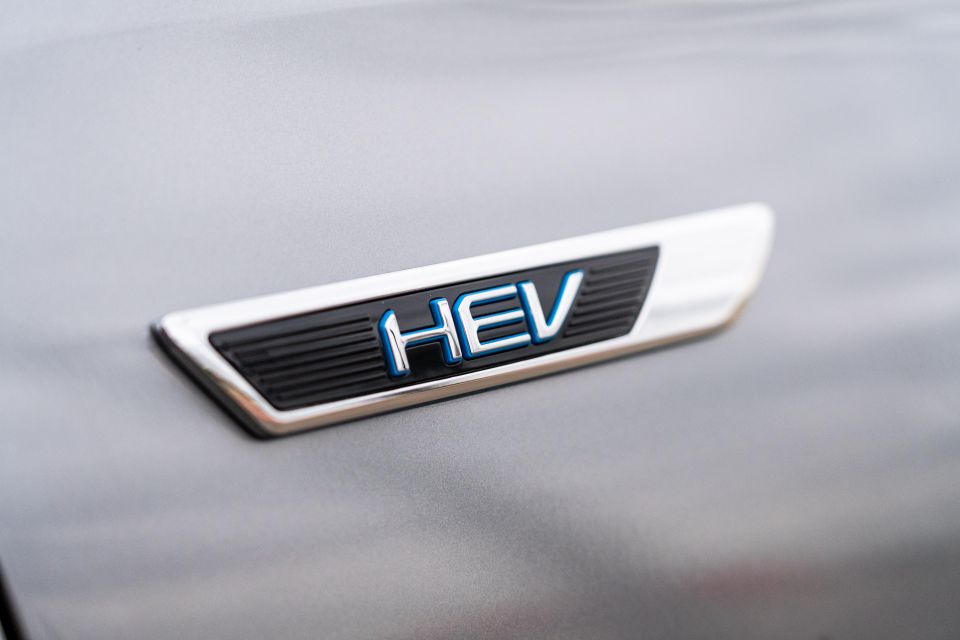
The Haval Jolion is backed by a seven-year, unlimited-kilometre warranty.
It requires servicing every 12 months or 15,000km. Haval includes five years of capped-price servicing, with the first five visits costing $210, $250, $350, $450 and $290.
That adds up to $1550 for maintenance over the first five years.
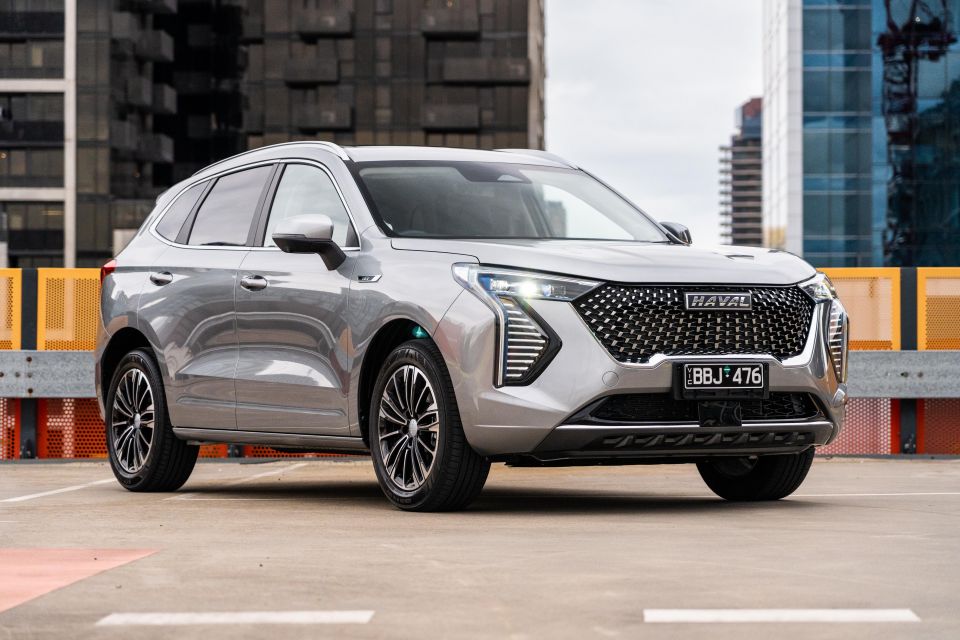
Buy your new car without the stress. It's fast, simple and completely free.

Great service from Travis and team, second time I have used this business would not hesitate to recommend them to anyone
Craig C.
Purchased a Ford Ranger in Sunshine Coast, QLD
CarExpert helped Craig save $7,224 on his Ford Ranger, now let us save you on your next new car.
Get your BEST priceThe Jolion HEV carries a hefty price premium over its petrol siblings, but it still shapes as a compelling alternative to the Toyota and Kia hybrids already on the market.
Its powertrain is punchy and refined in the city, and it will still bring some economy improvements on the highway relative to the regular Jolion.
The standard equipment list is generous, and even at $40,000 you get an impressive amount of space for people and their things inside.

What’s wrong with it? The same things we’ve complained about in the regular Jolion, for the most part.
The non-reach-adjustable steering wheel and occasionally underdone infotainment undermine the appeal in $30,000 models, let alone this $40,000 one, and there are times where the extra layer of refinement Toyota has baked into its electrified cars over the last two decades is lacking in the Jolion.
It’s strong starting point, though – especially when you consider how limited supply of its rivals is at the moment.

Click the images for the full gallery
MORE: Everything Haval Jolion
Where expert car reviews meet expert car buying – CarExpert gives you trusted advice, personalised service and real savings on your next new car.
Scott Collie is an automotive journalist based in Melbourne, Australia. Scott studied journalism at RMIT University and, after a lifelong obsession with everything automotive, started covering the car industry shortly afterwards. He has a passion for travel, and is an avid Melbourne Demons supporter.


William Stopford
9 Hours Ago
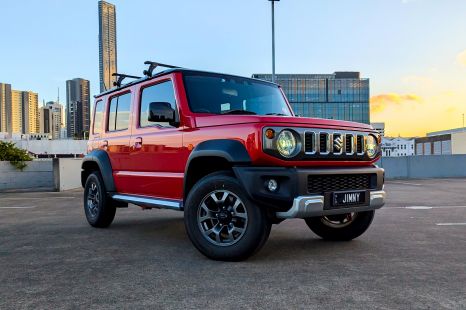

William Stopford
2 Days Ago
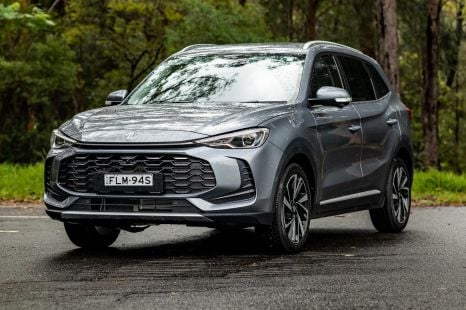

Matt Campbell
3 Days Ago
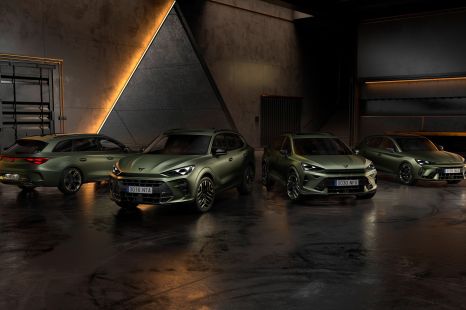

James Wong
5 Days Ago


Neil Briscoe
8 Days Ago


William Stopford
10 Days Ago